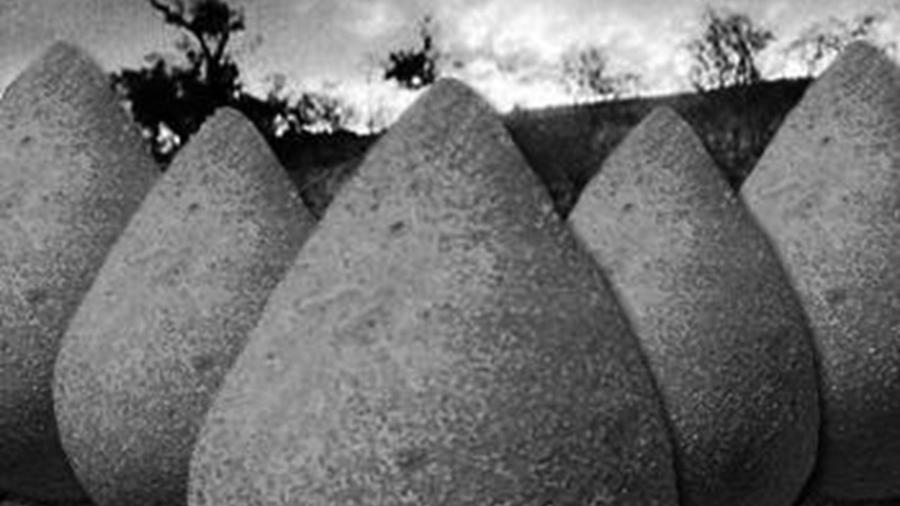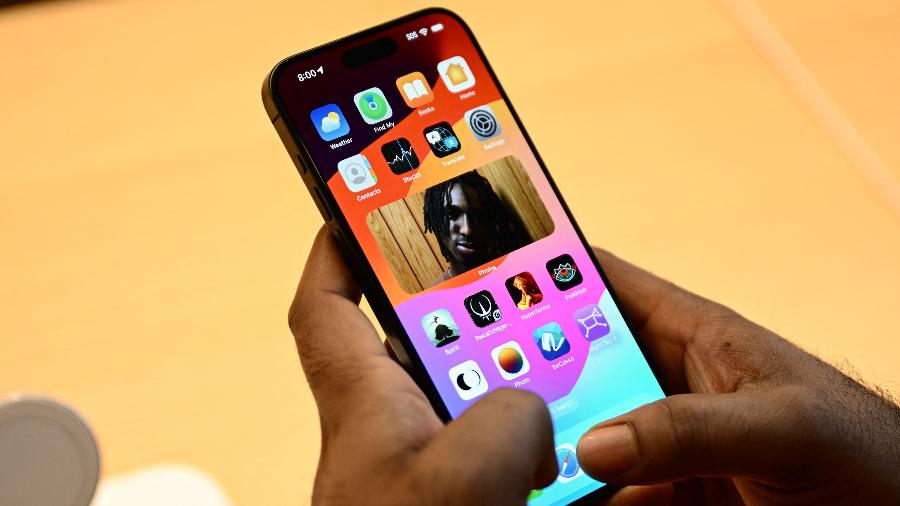Elon Musk nega aumento de discurso de ódio no Twitter

O empresário Elon Musk, dono do Twitter, negou que houve aumento de discurso de ódio na rede social.
O que ele disse?
- Musk afirmou que, desde que comprou o Twitter, tem dado mais atenção ao combate a esse tipo de conteúdo. "Há menos porque eliminamos muitas contas robô. Não temos mais tantas como tínhamos antes."
- Ele itiu, porém, que cometeu "muitos erros". "Houve muitos erros nesse caminho? Claro. Mas tudo acabou bem. Tenho a impressão de que estamos no caminho certo."
- As declarações foram feitas por Musk em uma entrevista a um repórter da BBC. A conversa foi transmitida ao vivo pelo Twitter.
*Com informações da AFP
Errata: este conteúdo foi atualizado
Ao contrário do que dizia a versão anterior desse texto, Elon Musk não itiu que houve aumento de discursos de ódio na rede social. Ele afirmou que os casos caíram. A informação foi corrigida.

















ID: {{comments.info.id}}
URL: {{comments.info.url}}
Ocorreu um erro ao carregar os comentários.
Por favor, tente novamente mais tarde.
{{comments.total}} Comentário
{{comments.total}} Comentários
Seja o primeiro a comentar
Essa discussão está encerrada
Não é possivel enviar novos comentários.
Essa área é exclusiva para você, , ler e comentar.
Só s do UOL podem comentar
Ainda não é ? Assine já.
Se você já é do UOL, faça seu .
O autor da mensagem, e não o UOL, é o responsável pelo comentário. Reserve um tempo para ler as Regras de Uso para comentários.